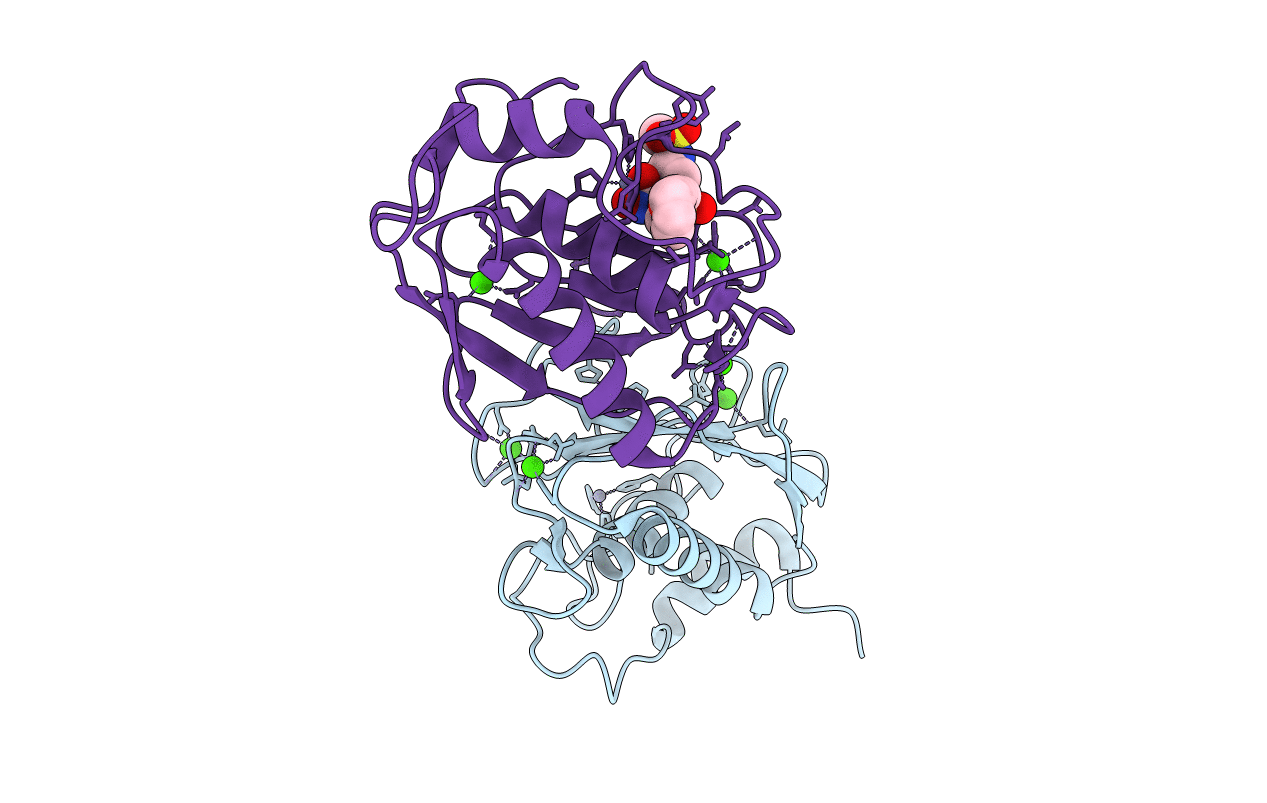
Deposition Date
2000-10-26
Release Date
2001-10-24
Last Version Date
2024-02-07
Method Details:
Experimental Method:
Resolution:
1.90 Å
R-Value Free:
0.25
R-Value Observed:
0.19
Space Group:
P 21 21 21


